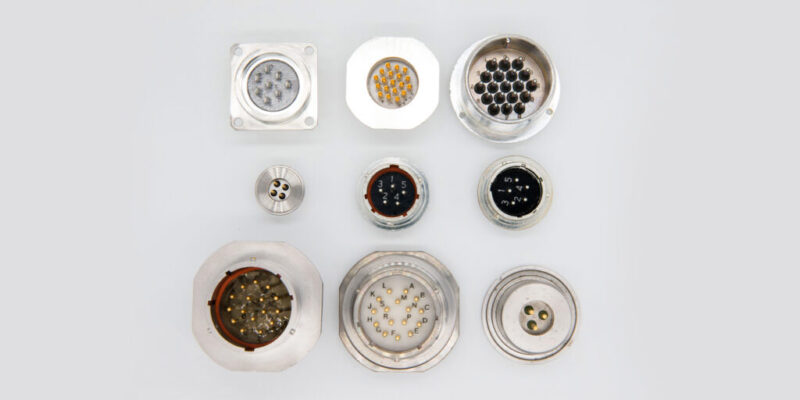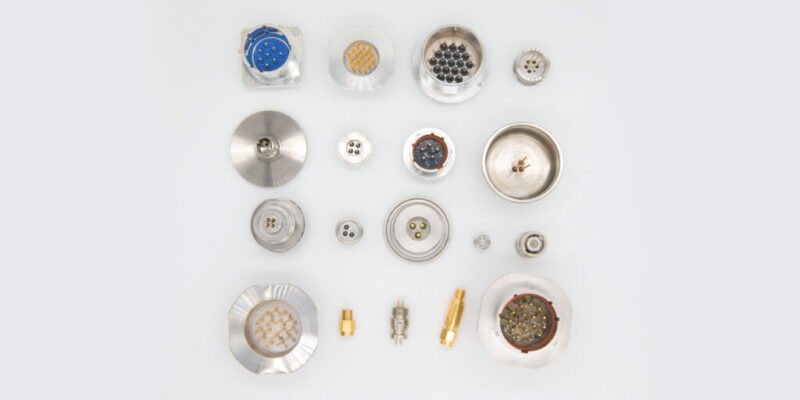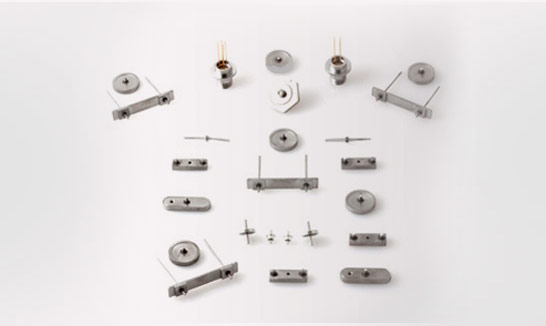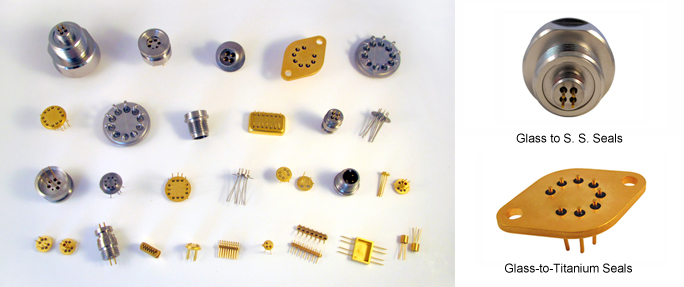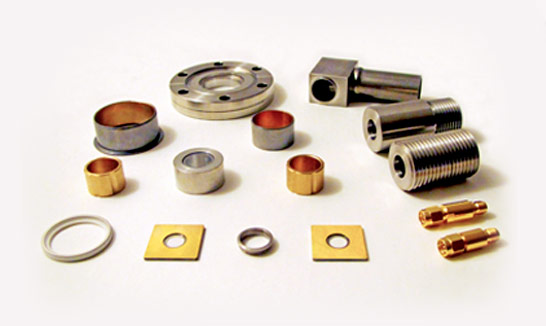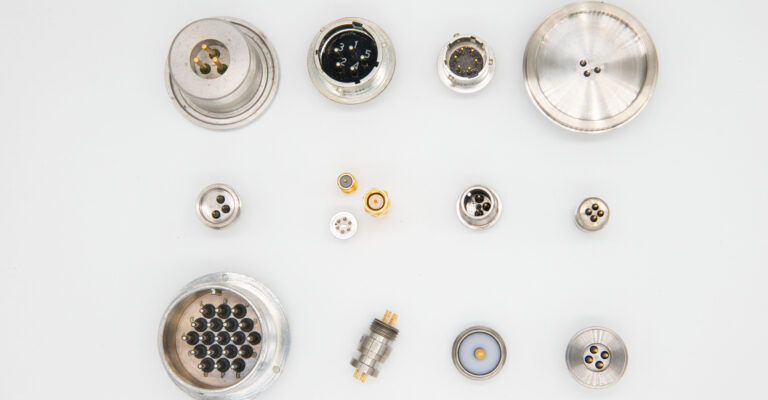Hermetic connectors are used in a variety of applications where a high level of protection against environmental factors is required. Here are some common uses of hermetic connectors.
Vacuum and pressure systems
Hermetic connectors are used in vacuum and pressure systems, such as in the semiconductor industry, to create a seal that prevents air and other contaminants from entering the system.
Aerospace and defense
Hermetic connectors are used in aerospace and defense applications to protect electronics and other sensitive components from harsh environmental factors, such as high altitude, extreme temperatures, and electromagnetic interference.
Medical devices
Hermetic connectors are used in medical devices, such as pacemakers and hearing aids, to prevent bodily fluids and other contaminants from entering the device.
Oil and gas exploration
Hermetic connectors are used in the oil and gas industry to create a seal that prevents the ingress of harsh chemicals and other environmental factors.
Automotive applications
Hermetic connectors are used in automotive applications, such as airbag deployment systems, to protect electronics from heat, vibration, and other environmental factors.
Underwater applications
Hermetic connectors are used in underwater applications, such as submersibles and offshore oil rigs, to protect electronics from water and other corrosive substances.
Hermetic connectors are used in any application where protection against environmental factors is critical to the reliable operation of the system.

